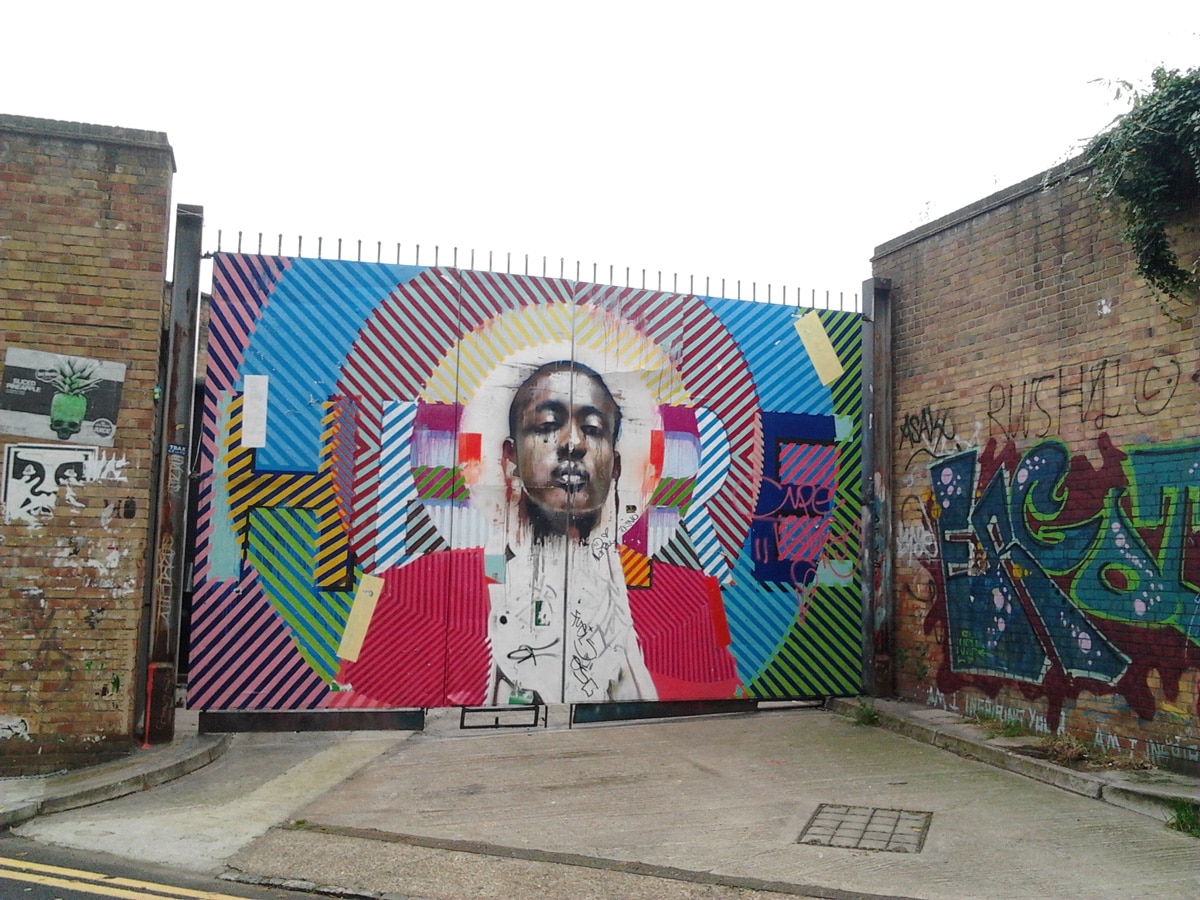(Graffiti Hall of Fame in Valencia, Spain)

Figure 1. Example of Mural Graffiti. Miedo12 and Juan2, 2045

Figure 2. Example of Street Artwork. Conor Harrington and Maser
Ephemeral versus values

Figure 3. Pepo’s Wall in Alicante, 1999 left – 2017 right

Figure 4. Examples of materials used
Conclusion
Notes
This paper was presented at Icon’s Triennial Conference (Icon19) New Perspectives: Contemporary Conservation Thinking and Practice celebrated in Belfast, 13-14th June 2019. Also, the research presented was originally developed as a part of Rita L. Amor Garcia’s doctoral thesis “Strategic Analysis for the Conservation of Graffiti and Aerosol Art. Study of the Strappo Detachment as a Conservation Measure” defended in September 2017.
About the author
Since 2009, her research focuses on the study and application of conservation mechanisms to Graffiti and Street Art. She also has worked on the conservation practice in wall and easel paintings for 10 years, and developed close collaborations with contemporary artists during the creative process.
Currently, she divides her time at Plowden & Smith between the Paintings and Exhibitions departments.

